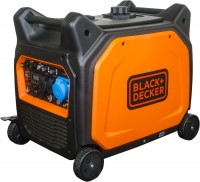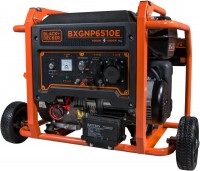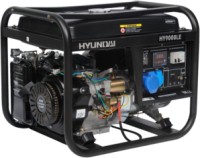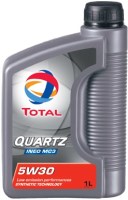CHAMPION GG6501E ATS
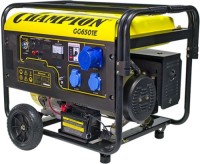 | Outdated Product Fuel: petrol; Output voltage: 230 B; Rated power (kW): 5; Max. power (kW): 5.5; Alternator: synchronous; Alternator winding: copper; Engine size (cm³): 420; Power (hp): 16; Fuel consumption (50% load) (l/h): 2.87; Fuel tank volume (L): 25; Motor cooling: air; Total number of sockets: 3 |
CHAMPION GG6501E ATS | ||||||||||||||||||||||||||||||||||||||||||||||||||||||||||||||||||||
|
| |||||||||||||||||||||||||||||||||||||||||||||||||||||||||||||||||||
Always clarify the specifications and configuration of the product with the online store manager before purchasing.
Catalog CHAMPION 2025 - new arrivals, bestsellers, and the most relevant models CHAMPION.
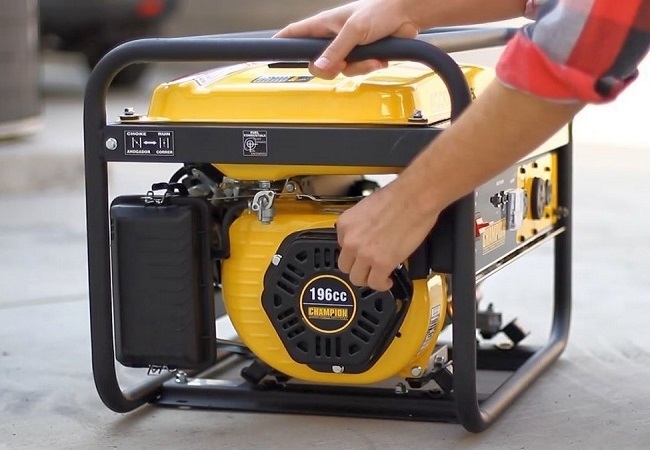

The CHAMPION GG6501E ATS petrol backup generator operates under the motto "Automation in action!" — it easily starts up with an electric starter and independently switches consumers to itself when the centralized electricity is turned off.
Electrical "clientele"
Autonomous inclusion of the unit is provided by the block of automatic input of a reserve. When the mains supply is restored, it also shuts off the generator engine. The connection of the electrical “clientele” to the mobile station is carried out through the sockets of two ordinary 230 V sockets, one power socket (230 V, 32 A) or a terminal block with 12 V DC outputs. Along with them, the control panel is equipped with a pointer voltmeter and a small screen with hour metre.
petrol unit
The pace of the generator is set by the G421HCE engine, which produces a maximum power of 5.5 kW, consuming 2.87 liters of gasoline per hour at medium-high loads. Given the tank capacity of 25 liters, you can safely count on 8-9 hours of continuous operation of the unit. Not to miss the moment of refueling will help indication of the remaining fuel in the tank.
Easy transportation
For better manoeuvrability and ease of transport , the design of the model provides for the presence of large wheels and folding handles. An increased noise level is attributed to the minuses of the generator, so the place for its installation must be selected wisely — otherwise it will disturb the household by “rattling”. On construction sites, this nuance can be safely neglected.



